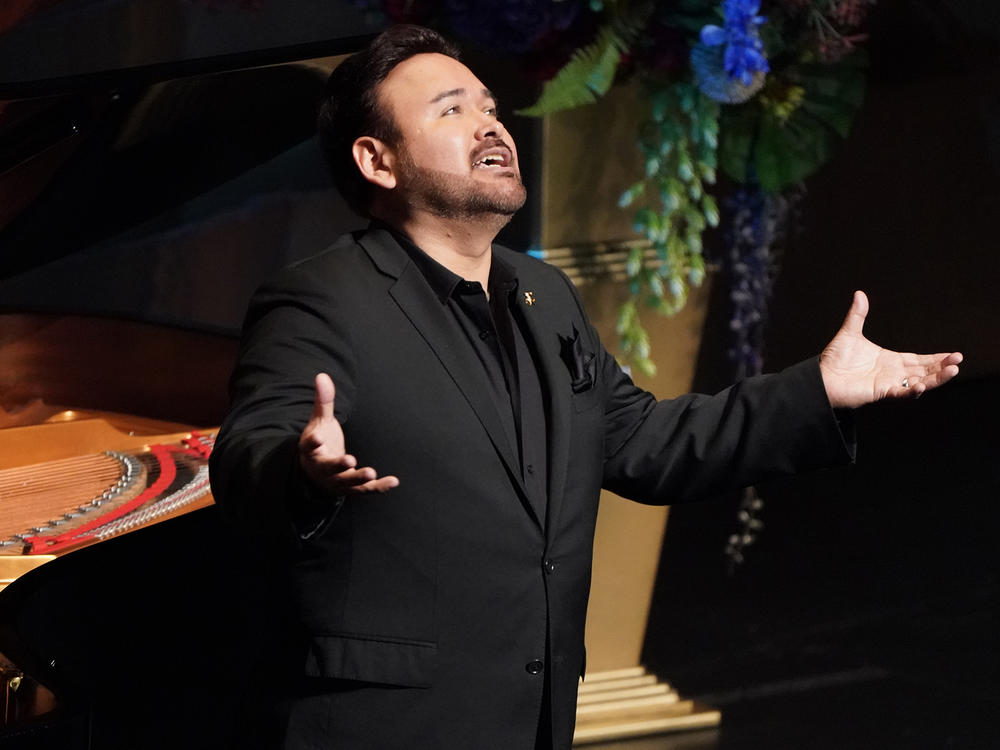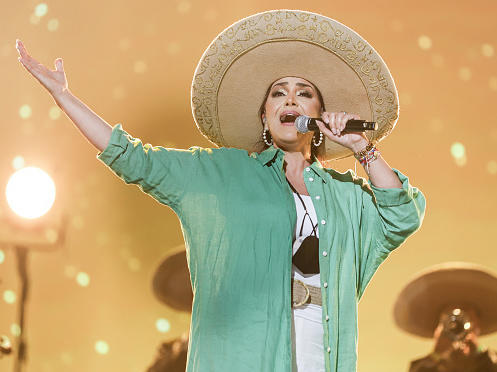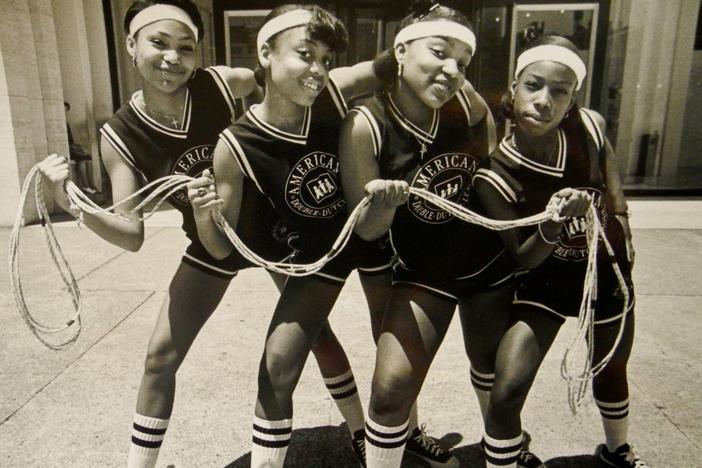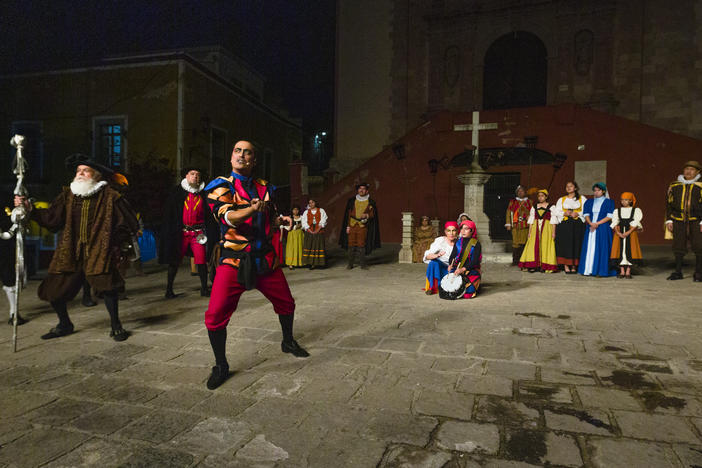Section Branding
Header Content
How Italian opera influenced Mexican ranchera
Primary Content
It's a full house at the Dorothy Chandler Pavilion in downtown Los Angeles where Mexican tenor Javier Camarena is performing a mix of Italian and French arias, Spanish and Mexican songs in a recital for the LA Opera.
During the 19th century, Italian opera was very popular in Mexico. Italian companies traveled there to perform operas by Donizetti and Bellini as well as the latest works by other composers. The influence of Italian opera helped to create Mexico's ranchera genre.
"I can imagine Italians coming to Mexico and saying, yeah, listen to me singing O Sole Mío, says Mexican tenor Javier Camarena. "And I can imagine Mexicans, the composers saying 'Okay, so let's sing our music like that.'"
Camarena says the connection between the two seemingly different singing styles makes sense. Mexican composers wrote songs for educated singers during the first half of the 20th century.
Recently, during one of my trips to Mexico City, I went to Plaza Garibaldi's bar "El Tenampa," a sort of cathedral of Mexican popular music. The walls are covered by murals with famous singers of rancheras: Pedro Infante, José Alfredo Jiménez, Chavela Vargas and Juan Gabriel.
Singer Alvaro Hurtado is doing the rounds with a mariachi. During a break, I ask him about the connection between Mexican rancheras and Italian opera. Hurtado says he doesn't know much about opera but Luciano Pavarotti is his favorite singer. "If Pavarotti sang Mexican rancheras, he would have been very successful, like Jorge Negrete," he says.
Negrete studied bel canto and started his career not singing rancheras, but operatic works. Negrete's story is not unusual. Ethnomusicologist Dan Sheehy points out that in the early 1800s, opera companies and their star singers traveled from Italy to perform across the country.
"It was like a parade, people would welcome them in the streets of Mexico City," he says. "The word would spread and people would come out in droves and watch the carrozas, the floats or the wagons, carrying the opera singers and all the hangers-on, all the groupies of the day, they'd follow the arrival of the Italian opera singer, whether they'd be a soprano, or a baritone or whatever."
Back then, Italian opera in Mexico was more grassroots. People from all walks of life went to the shows. Eventually, opera became a high-priced form of entertainment, accessible only to the elite.
In the 1930s, the new popular music began spreading through the radio and record companies promoted it around the country and beyond the borders of Mexico. While 'canción ranchera' was emerging as one of Mexico's popular song styles, a bigger launching pad for mariachi music and the singers of 'canción ranchera' was taking off: The Golden Age of Mexican cinema.
Sheehy says most of the singers in films who represented and idealized Mexican country music on the big screen, were from the city. Many of them studied the singing style of Italian opera. "And they became actors. And so you look at all the bios of almost all the great 'música ranchera' singers and composers to a certain extent, and actors, if you list what their profession was: songwriter, singer, actors. It went hand in hand with the movie industry in Mexico."
Aída Cuevas is considered the last of the great ranchera singers of her generation. A few years ago, Cuevas worked with an opera singer who said this to her: "I don't understand how the singers of 'rancheras' can sing. I don't know how you don't end up hoarse, without a voice. What you do is a super-human effort."
Camarena says there's something special Mexican singers have. "And that is what makes it difficult to sing Mexican music and rancheras because they need the Mexican soul."
Copyright 2022 NPR. To see more, visit https://www.npr.org.
Bottom Content





